MachineLearning
Latest

The Canadian AI that writes holiday chiptunes
Is there no industry safe from economic encroachment by automation and machine learning? A team from the University of Toronto have built a digital Irving Berlin that can generate Christmas carols from a single image.
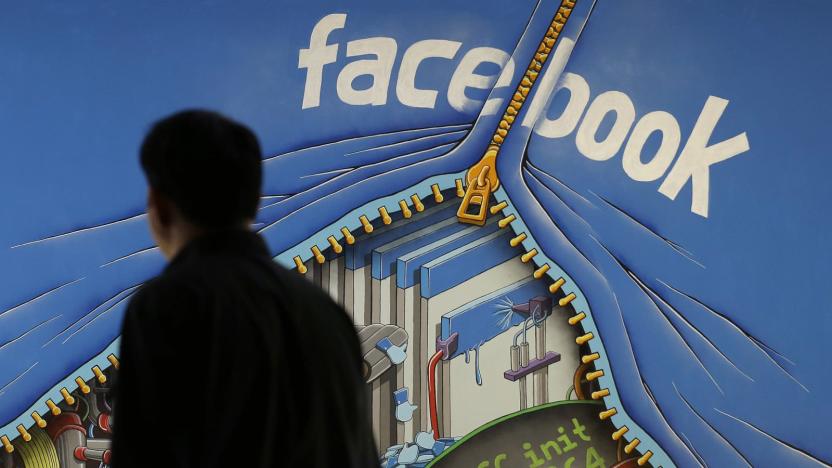
Facebook patent hints at an automated solution for fake news
Facebook may have said that it's stepping up its fight against fake news in the past few weeks, but there are signs that it might have had a way to tackle this problem sooner. A recently published USPTO filing from 2015 reveals that Facebook has applied for a patent on technology that would automate the process of removing "objectionable content." It's ostensibly for eliminating hate speech, porn and other material that Facebook has objected to for years, but the system could easily be applied to bogus stories as well.
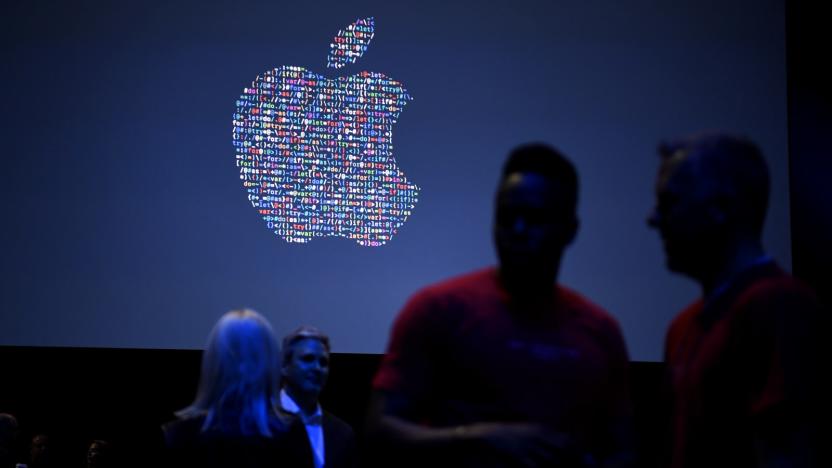
Apple will publish its AI research
Apple isn't exactly known for sharing its research with the world, but it's making a big exception to that rule. Company AI director Russ Salakhutdinov has revealed that Apple will publish its machine learning research. In other words, some of the discoveries it makes behind closed doors will be available to academia. We've asked Apple for more details and will let you know if it can elaborate on its plans, such as whether this will apply to many of its findings, or just those it deems safe to disclose. However, the move raises a question: why open the kimono when AI is a fiercely competitive field?

Uber creates an AI lab to help fuel its self-driving dreams
If Uber is going to make its dreams of self-driving ridesharing cars a reality, it's going to need a lot of expertise in artificial intelligence... and it's taking big steps to make that happen. The company has created Uber AI Labs to fuel its research, and it's getting the team started by acquiring AI startup Geometric Intelligence. It's a small 15-person outfit, but the newly purchased company stands out by resisting the urge to train AI by feeding it large data sets. As the New York Times notes, Geometric Intelligence prefers to have systems create their own rules from just a handful of examples -- while Uber ride data will help, the AI won't need a wealth of knowledge to make informed decisions.
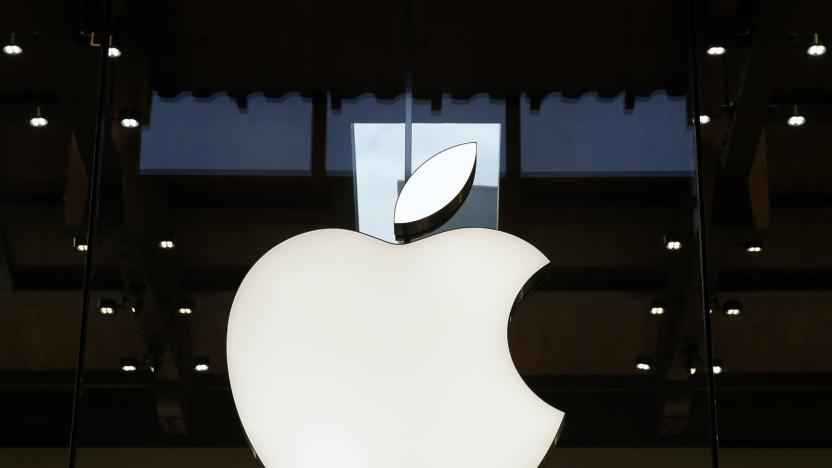
Apple letter offers a clue to its self-driving car plans
Apple's hopes of developing self-driving car technology have been a poorly kept secret for a while, and now it's coming clean. The company has sent a letter to the US' National Highway Traffic Safety Administration acknowledging that the company is "excited" about automation in numerous fields, "including transportation." It wants to test self-driving car tech, and it's hoping to address both ethical and regulatory issues. It believes the industry should share crash (and near-crash) data to improve safety, for example, but this "should not come at the cost of privacy."

MIT's AI figured out how humans recognize faces
It appears machines may already be catching up to humans, at least in the world of computational biology. A team of researchers at the MIT-based Center for Brains, Minds and Machines (CBMM) found that the system they designed to recognize faces had spontaneously come up with a step that can identify portraits regardless of the rotation of the face. This adds credence to a previous theory about how humans recognize faces that was based studies of MRIs of primate brains.

Facebook wants to demystify AI
Though movies and TV shows would have us believe that artificial intelligence means machines rising up against us, the truth is much more benign. Indeed, many of us use AI on a regular basis: Just ask Siri for directions to a restaurant or tell Shazam to name a song. This is certainly true of Facebook too, which uses AI and machine learning for a variety of tasks such as identifying images, translating languages and, yes, ranking your News Feed. With such a vested interest in AI, Facebook is releasing a series of videos today to offer a brief introduction to what it is and how it works.

Facebook shuts off Prisma's live video support
If you're a Prisma fan, you were likely heartbroken when the AI-driven art app lost its Facebook Live streaming feature. Why did it go almost as soon as it arrived? Now we know. The Prisma team tells TechCrunch that Facebook shut off its access to the Live programming kit over claims that this wasn't the intended use for the framework. The platform is meant for live footage from "other sources," such as pro cameras or game feeds. It's an odd reason when Facebook's public developer guidelines don't explicitly forbid use with smartphones, but the social network does state that it's primarily for non-smartphone uses.

AI will shape health care plans for US veterans
American veterans needing health care are about to get help from an unusual source: artificial intelligence. The Department of Veterans Affairs and Flow Health have forged a 5-year alliance that will see the two build a massive medical knowledge graph (based on the records of 22 million veterans) that uses deep learning to customize health plans for vets. The system aims to identify the common genetic factors that make people vulnerable to given diseases and not only improve diagnoses, but recommend treatments on a case-by-case basis.
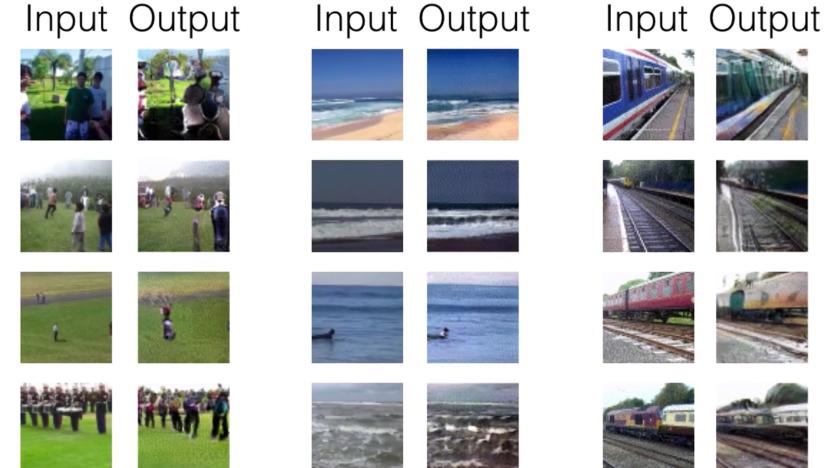
AI can create videos of the future
Loads of devices can preserve moments on camera, but what if you could capture situations that were about to happen? It's not as far-fetched as you might think. MIT CSAIL researchers have crafted a deep learning algorithm that can create videos showing what it expects to happen in the future. After extensive training (2 million videos), the AI system generates footage by pitting two neural networks against each other. One creates the scene by determining which objects are moving in still frames. The other, meanwhile, serves as a quality check -- it determines whether videos are real or simulated, and the artificial video is a success when the checker AI is fooled into thinking the footage is genuine.

Light-based neural network could lead to super-fast AI
It's one thing to create computers that behave like brains, but it's something else to make them perform as well as brains. Conventional circuitry can only operate so quickly as part of a neural network, even if it's sometimes much more powerful than standard computers. However, Princeton researchers might have smashed that barrier: they've built what they say is the first photonic neural network. The system mimics the brain with "neurons" that are really light waveguides cut into silicon substrates. As each of those nodes operates in a specific wavelength, you can make calculations by summing up the total power of the light as it's fed into a laser -- and the laser completes the circuit by sending light back to the nodes. The result is a machine that can calculate a differential math equation 1,960 times faster than a typical processor.

Google's DeepMind AI gets a few new tricks to learn faster
When it comes to machine learning, every performance gain is worth a bit of celebration. That's particularly true for Google's DeepMind division, which has already proven itself by beating a Go world champion, mimicking human speech and cutting down their server power bills. Now, the team has unveiled new "reinforcement learning" methods to speed up how the AI platform trains itself without being directly taught.

How humans and machines can work together to save the tuna
From sashimi to tartare, tuna is in demand year-round. More than half of the world's high-grade fish supply comes from the central and western Pacific Ocean, a region that accounts for a $7 billion market. The popularity of tuna sustains small fishing communities in distant places like Palau. But it also threatens an aquatic population that has been dwindling at an alarming rate. Over the past few years, unregulated fishing practices in tuna-rich Pacific regions have threatened to wipe out rich species like the bluefin and bigeye. The ecological disturbance has raised a red flag among conservationists who are now looking to artificial intelligence for a solution to keep Palauan fisheries in check.

Nexar's dashcam app is free, but at the cost of your data
We likely aren't going to get flying cars anytime soon, but we will have self-driving ones. They'll be packed to the gills with sensors to keep us safe and sound as we Snapchat ourselves cruising down the highway, bellowing along to our favorite Urfaust tracks. But those are a ways off, and the phone in your pocket already has a pretty solid set of sensors in it. Plus, using a device you already own is far more economical than buying a new car. That's where Nexar's dashcam app comes in. A $7 mount holds a phone, while the free app uses your gizmo's onboard accelerometer, cameras and microphone do the rest of the work.

Google AI experiments help you appreciate neural networks
Sure, you may know that neural networks are spicing up your photos and translating languages, but what if you want a better appreciation of how they function? Google can help. It just launched an AI Experiments site that puts machine learning to work in a direct (and often entertaining) way. The highlight by far is Giorgio Cam -- put an object in front of your phone or PC camera and the AI will rattle off a quick rhyme based on what it thinks it's seeing. It's surprisingly accurate, fast and occasionally chuckle-worthy.

Disney Research's AI system knows what a car sounds like
A picture may be worth a thousand words, but sound is just as important to how we experience the world as how we see it -- that's why a team at Disney Research is working on a computer vision system that can not only recognize what an image is, but how it sounds, too. In an initial study presented at the European Conference on Computer Vision, the group's system successfully managed to pair appropriate audio with images of doors closing, glasses clinking and vehicles driving down the road.
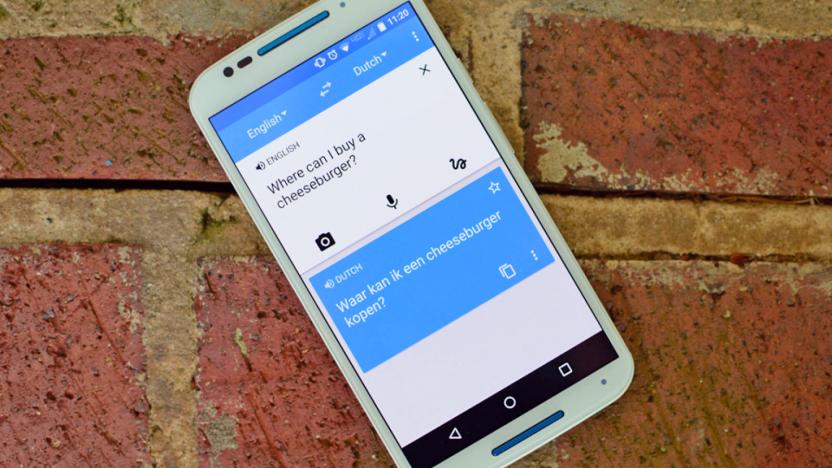
Google expands mission to make automated translations suck less
What started with Mandarin Chinese is expanding to English; French; German; Japanese; Korean; Portuguese and Turkish, as Google has increased the languages its Neural Machine Translation (NMT) handle. "These represent the native languages of around one-third of the world's population, covering more than 35 percent of all Google Translate queries," according to The Keyword blog. The promise here is that because NMT uses the context of the entire sentence, rather than translating individual words on their own, the results will be more accurate, especially as time goes on, thanks to machine learning. For a comparison of the two methods, check out the GIF embedded below.
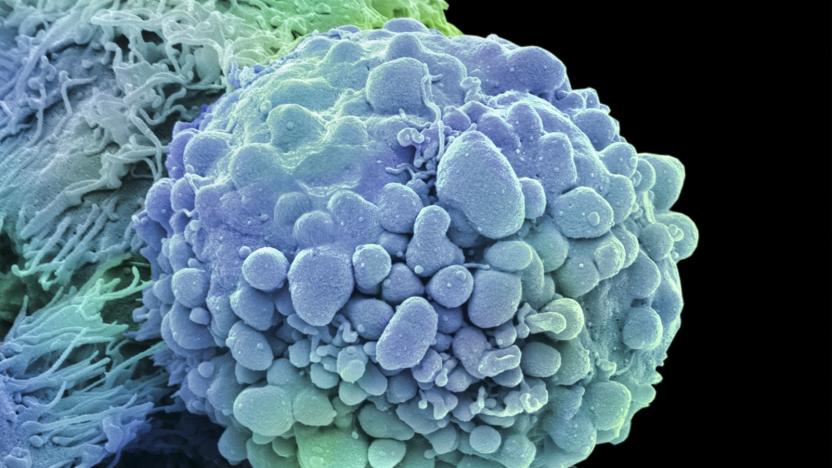
NVIDIA helps the US build an AI for cancer research
Microsoft isn't the only big-name tech company using AI to fight cancer. NVIDIA is partnering with the US Department of Energy and the National Cancer Institute to develop CANDLE (Cancer Distributed Learning Environment), an AI-based "common discovery platform" that aims for 10 times faster cancer research on modern supercomputers with graphics processors. The hardware promises to rapidly accelerate neural networks that can both spot crucial data and speed up simulations.

Google Play Music gets prettier and more intelligent
It's long overdue but Google Play Music is getting a makeover. The search giant confirmed today that it is in the process of updating its Android, iOS and Web offerings with bright new UI that relies on machine learning to deliver what's relevant to you. Its AI-like algorithms will identify where you are and what you're doing, also factoring in things like the weather, to serve up playlists and track recommendations that you didn't know you wanted but capture your mood at the time.

Microsoft co-founder's academic search engine adds neuroscience
Researchers, scientists and academics around the world publish roughly 2.5 million scientific papers each year, on top of a backlog of more than 50 million papers dating back to 1665. Plus, the rate at which researchers publish these academic papers keeps rising, a la Moore's Law. It's impossible for scientists to read every paper published in their fields, and searching for a specific study can be a daunting task. Enter: Paul Allen, Microsoft co-founder and leader of the non-profit Allen Institute for Artificial Intelligence. The Allen Institute's latest effort is Semantic Scholar, a scientific-paper search engine powered by machine learning and other artificial intelligence systems.









